Enter a surname, town name or other keyword to search the database. Remember to
allow for the different spellings of 'Mc' and 'Mac.' Good luck!
{Search tips: Use single word search terms for more results}
You must enter some valid character(s) into the search field
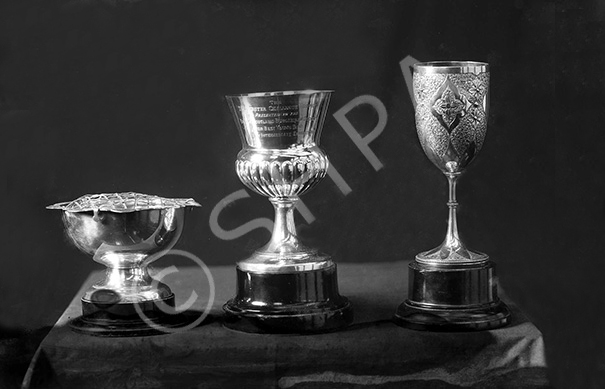
Reference: 474
Miss Johnstone. Budgerigar Soc...
|
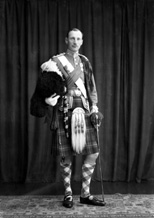
Reference: 31355e
Captain E. Grant MC, Nairn. Se...
|
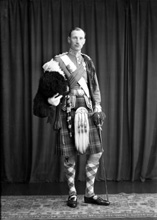
Reference: 31355d
Captain E. Grant MC, Nairn. Se...
|
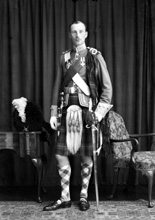
Reference: 31355c
Captain E. Grant MC, Nairn. Se...
|
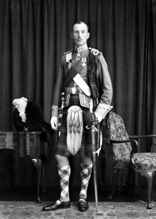
Reference: 31355b
Captain E. Grant MC, Nairn. Se...
|
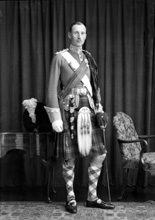
Reference: 31355a
Captain E. Grant MC, Nairn. Se...
|
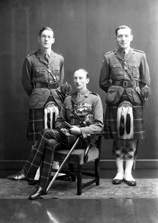
Reference: 43283j
Brigadier Eneas Grant, born 19...
|
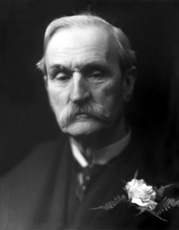
Reference: H-0246
Sir Daniel Macauley Stevenson ...
|
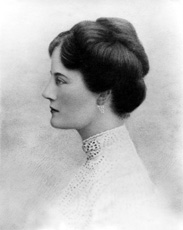
Reference: H-0244
Clementine Ogilvy Hozier (1885...
|
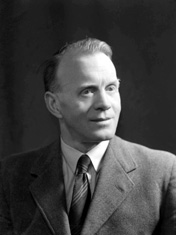
Reference: 41486a
Chief Constable William Fraser...
|
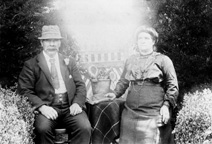
Reference: 877
Copy for Mrs Robertson, Old ...
|
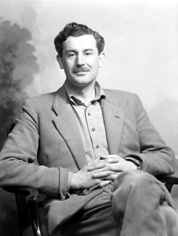
Reference: 40813b
Lord Lovat. Brigadier Simon Ch...
|